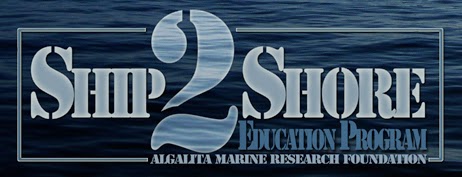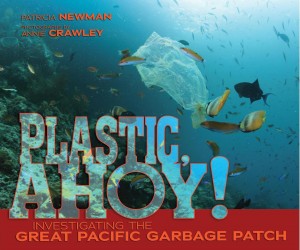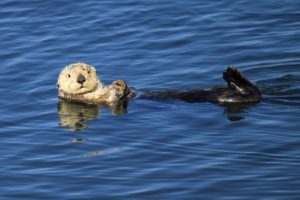One of the goals I established for myself when writing Plastic, Ahoy! Investigating the Great Pacific Garbage Patch was to bring the science of trash closer to students. What is it like living and working aboard a research vessel 1,000 miles at sea with no land in sight? What do scientists do on board the ship for weeks at a time? What are they finding? And how does it affect me?
Beginning in July, we can communicate directly with the research vessel Alguita as the Algalita Marine Research Institute sets sail on a 30-day research expedition into the Great Pacific Garbage Patch. “Ship 2 Shore is an interactive, web-based education program that links classrooms [and individuals] from around the world via satellite with scientists conducting cutting-edge research on plastic marine debris in the North Pacific Gyre.”
That means you and I can follow daily updates from the research team and interact directly with scientists by sending questions and comments! Register today to get a front row seat on the excitement (remember, you don’t have to be a teacher to register).
And teachers, don’t worry that your classrooms will miss out over the summer–Algalita is planning a fall extension.
Some important notes:
- R/V Alguita is scheduled to depart from Long Beach, California on July 1 (barring weather or mechanical delays).
- According to Marieta Frances, Algalita’s executive director, “The return date is expected to be sometime around the end of August.”
- Trash detectives will use drones to locate accumulation zones.
- A remote operated vehicle (ROV) built by high school students will be deployed on the voyage.
- Data from three previous expeditions will be compared to the 2014 samples to study how plastic moves through the water and new ecosystems that live on the floating plastic.
- Data from all four expeditions will be merged to study long term trends.







Leave a Reply
Your email is safe with me.